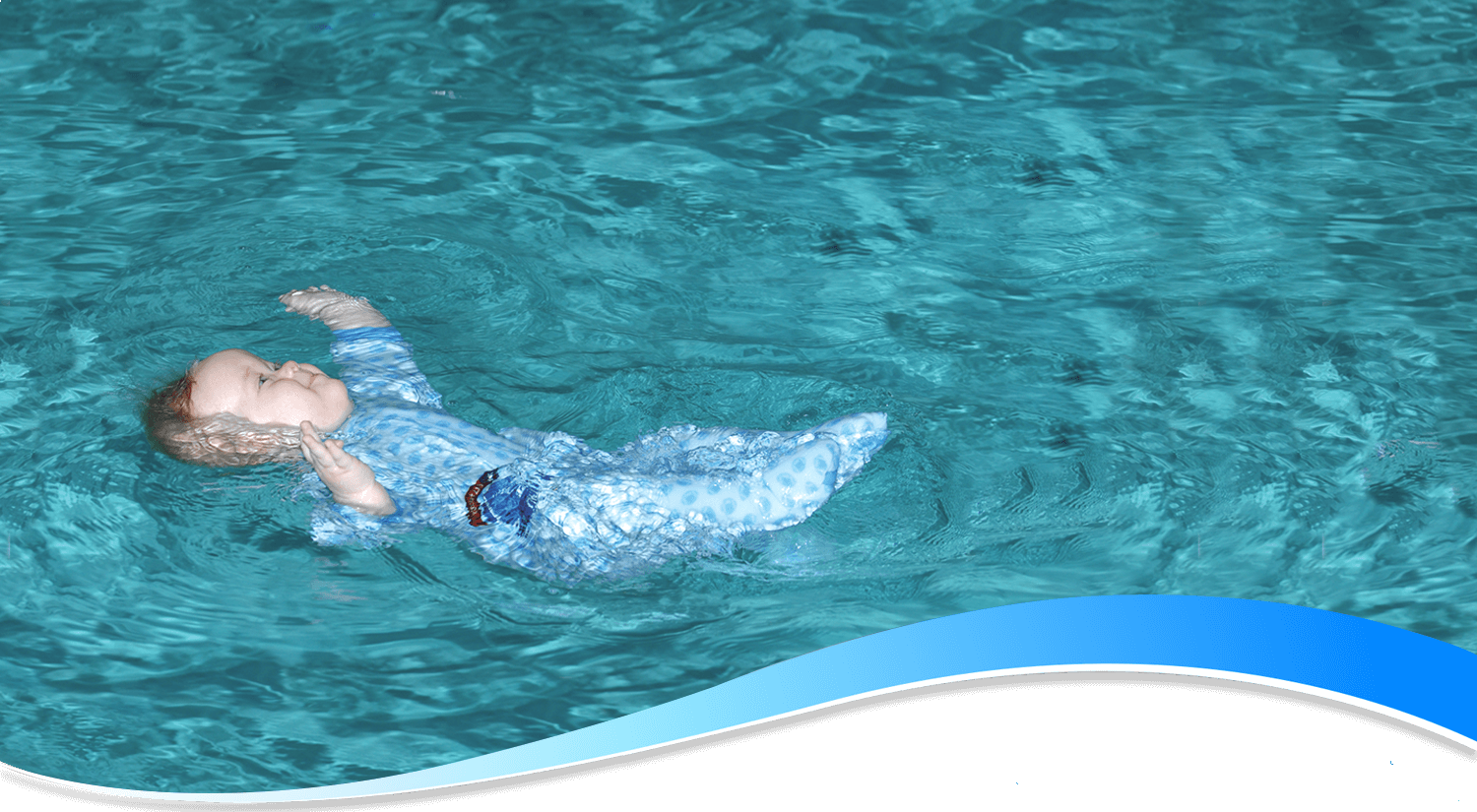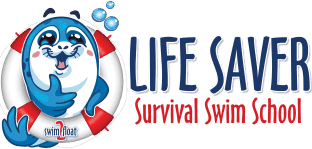
In the realm of childhood development, few skills are as paramount as swimming. Not only does it provide recreation and physical activity, but it’s also a critical life-saving skill. In recognition of this, parents often seek out swim lessons for their infants and toddlers. However, within the spectrum of infant swim instruction, there exists a crucial distinction: survival swim lessons versus traditional infant swim lessons. Understanding this difference is vital for ensuring the safety and well-being of children around water.
Traditional Infant Swim Lessons
Traditional infant swim lessons typically focus on introducing children to water in a safe and controlled environment. These classes often involve familiarizing infants with water through games, songs, and gentle exercises. While these sessions can foster comfort and confidence in the water, they may not adequately prepare children for potential drowning scenarios. This is where survival swim lessons diverge.
Survival Swim Lessons
Survival swim lessons prioritize teaching infants and toddlers essential survival skills. These skills could save their lives in an emergency water situation. Unlike traditional lessons, survival swim instruction emphasizes self-rescue techniques. These techniques include floating, rolling onto their backs, and swimming short distances to safety. These skills are taught through repetitive, hands-on practice, ensuring that children develop muscle memory and instinctual responses to water submersion.
The importance of survival swim lessons becomes evident when considering the alarming statistics surrounding childhood drowning. According to the World Health Organization (WHO), drowning is one of the leading causes of death for children worldwide. Infants and toddlers are particularly vulnerable. In many cases, these tragic incidents occur in residential pools, lakes, or other bodies of water where supervision may be momentarily lax or absent.
Here Are the Differences
What sets survival swim lessons apart is their focus on equipping children with the tools they need to survive in such situations. By teaching infants and toddlers to remain calm, float on their backs, and call for help, these lessons instill invaluable survival instincts that can mean the difference between life and death.
Moreover, survival swim lessons empower both children and parents with confidence and peace of mind. For parents, knowing that their child possesses essential water survival skills alleviates anxiety. It also allows your child to have greater enjoyment of aquatic activities. Meanwhile, children develop a sense of independence and self-assurance, knowing that they have the ability to navigate water safely.
Critics of survival swim lessons may argue that the techniques taught are too intense or stressful for young children. However, proponents assert that the potential discomfort of learning these skills pales in comparison to the potential consequences of drowning. With proper instruction and supervision, survival swim lessons can be conducted in a supportive and nurturing environment that prioritizes safety above all else.
It’s important to note that survival swim lessons do not replace the need for vigilant adult supervision around water. Instead, they serve as a crucial layer of protection, offering children an additional line of defense in the event of an emergency. By complementing traditional infant swim lessons with survival-focused instruction, parents can ensure that their children receive a well-rounded education in water safety.
My final thoughts are that the importance of survival swim lessons cannot be overstated. In a world where water-related accidents claim the lives of far too many children each year, equipping infants and toddlers with essential survival skills is not just advisable—it’s one of the most important thing that you can do as a loving parent. By prioritizing self-rescue techniques and instilling confidence in young swimmers, survival swim lessons pave the way for a future generation that is safer, more confident, and better prepared to navigate the waters of life.
Life Saver Survival Swim School Has Been Teaching These Skills for Nearly 20 Years
After nearly losing our own infant son in a near-drowning accident, I created a school that emphasizes teaching infant’s survival swim skills. The students learn these skills in addition to learning to swim.
If you have young children that need to learn these skills, you can sign them up for one of our upcoming classes. Or, if you still have questions, give me, my name is Bonnie, a phone call by dialing (832) 366-3008. Or, of course, you can always email me.

